We are temporarily not accepting orders from Canada due to the Canada Post strike.
Nous n’acceptons temporairement pas de commandes en provenance du Canada en raison de la grève de Canada Post.
We are temporarily not accepting orders from Canada due to the Canada Post strike.
Nous n’acceptons temporairement pas de commandes en provenance du Canada en raison de la grève de Canada Post.

Meteospasmyl capsules 3 blisters of 10 pcs.
$30.69
Meteospasmyl relieves functional intestinal disorders and flatulence. Combines alverine citrate antispasmodic with simethicone defoaming effect.
Meteospasmyl is prescribed for the symptomatic treatment of functional intestinal disorders, especially those manifested by flatulence.
Composition
active ingredients: 1 capsule contains alverine citrate 60 mg, simethicone 300 mg; excipients: gelatin, glycerin, titanium dioxide (E 171).
Alverina is a myotropic antispasmodic. Simethicone is a physiologically inert substance that has no pharmacological activity. It disrupts the surface tension of air bubbles, which contributes to their coalescence.
Contraindication
Hypersensitivity to alverine or any other component of the drug. Intestinal obstruction, including paralytic; obstructive diseases of the gastrointestinal tract.
Application features
Use during pregnancy or breastfeeding
pregnancy
Simethicone: Due to the very low systemic exposure to simethicone, no adverse effects are expected when used during pregnancy.
Alverine: There are no comprehensive data on teratogenicity in animals. To date, no clinical effects such as malformations or fetotoxic effects have been reported. However, observations of alverine exposure during pregnancy are insufficient to exclude any risk.
Therefore, it is not recommended to use Meteospasmyl during pregnancy.
Breastfeeding
Due to the very low systemic exposure to simethicone, no negative effects are expected when used during breastfeeding.
There are no data on the excretion of alverine into breast milk.
Therefore, it is not recommended to use Meteospasmyl during breastfeeding.
Children
The drug is used in pediatric practice.
Ability to influence reaction speed when driving vehicles or other mechanisms
Meteospasmyl has a minor influence on the ability to drive or use machines. Side effects such as dizziness have been observed in some patients. These types of disorders may affect the ability to drive or use machines.
Method of administration and doses
Adults should take 1 capsule orally 2-3 times a day before meals or for pain.
The course of treatment is determined by the doctor individually.
Overdose
Dizziness has been reported when doses higher than recommended have been used.
Adverse reactions
The following adverse reactions have been reported with the following frequencies: very common (≥ 1/10), common (≥ 1/100 and <1/10), uncommon (≥ 1/1000 and <1/100), rare (≥ 1/10000 and <1/1000), very rare (<1/10000) and unknown frequency (cannot be estimated from the available data).
- From the nervous system: frequency unknown – headache.
- On the part of the immune system: very rarely – anaphylactoid reactions, anaphylactic shock.
- From the side of the organs of hearing and labyrinth: frequency unknown – dizziness.
- On the part of the liver and biliary tract: very rarely – cytolytic hepatitis (see section “Special instructions for use”).
- Gastrointestinal: frequency unknown – nausea.
- Skin and subcutaneous tissue disorders: frequency unknown – angioedema, rash, urticaria and itching.
Storage conditions
Store at a temperature not exceeding 25 °C out of the reach of children.
Shelf life – 3 years.

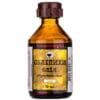
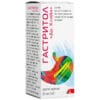
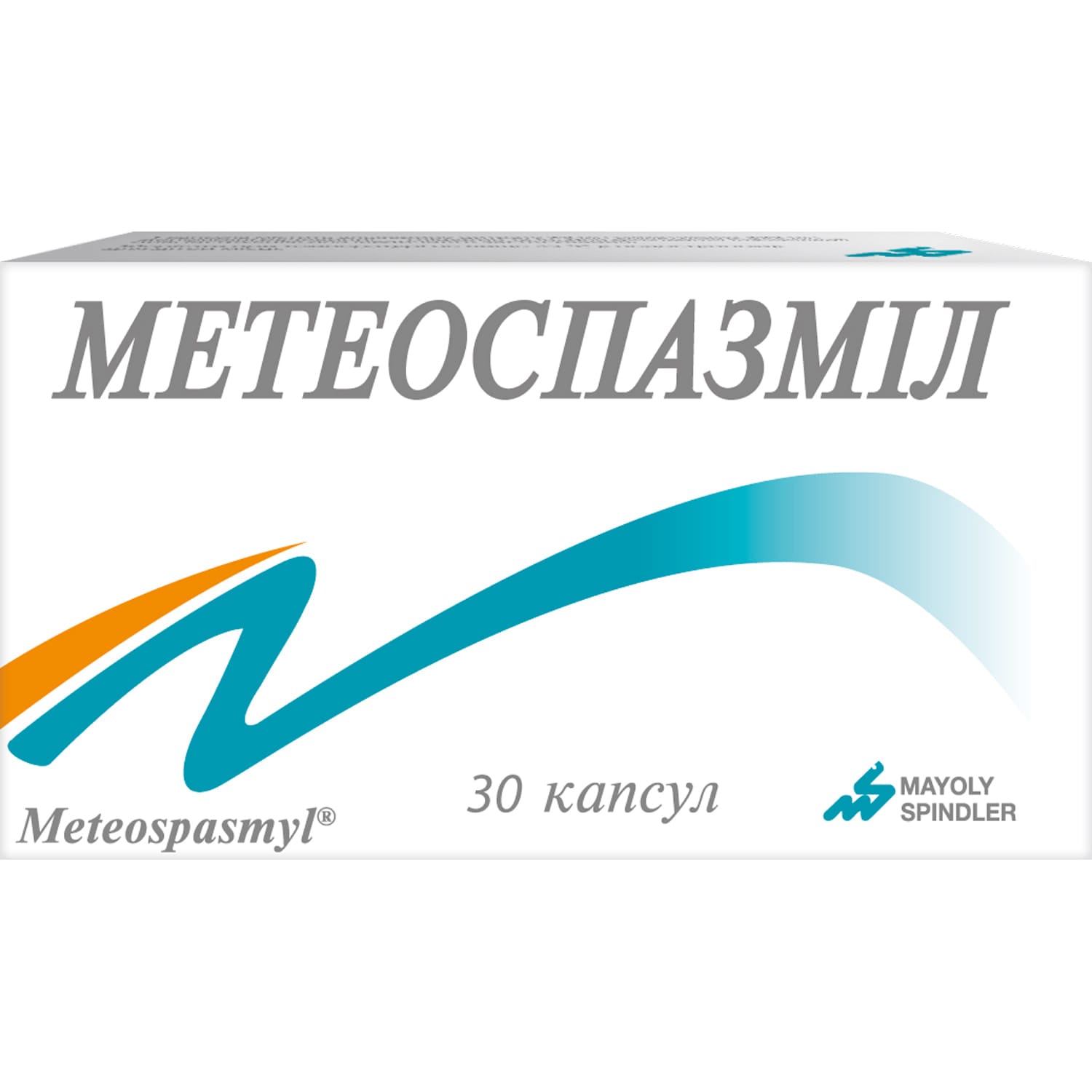
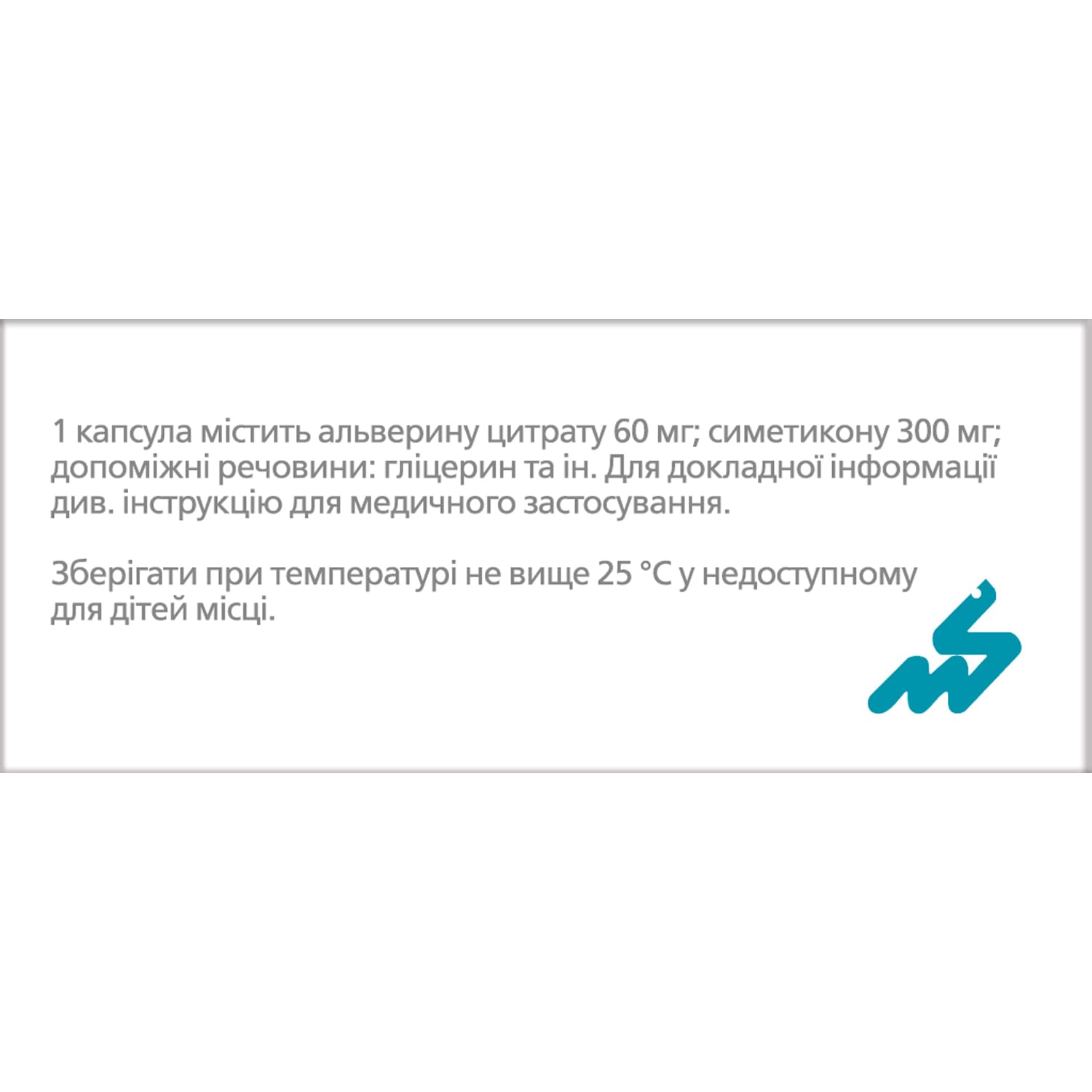

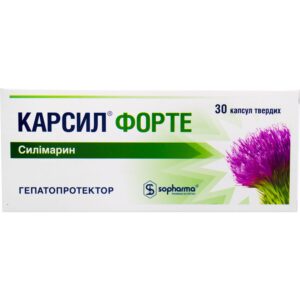
Reviews
There are no reviews yet.